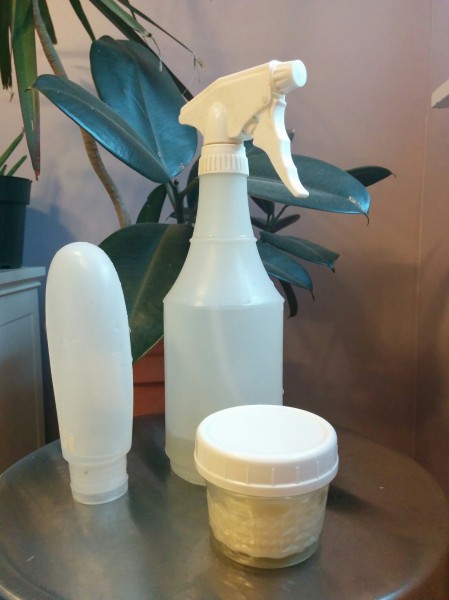This week was dominated by planning for the spring ahead. The groundhog may have seen a shadow, but sunny, longer days mean that garden work will come very soon. The weather was warm enough for me to spend a little time digging roots and washing seedling pots yesterday!

What's happened this week:
- We watched BBC's Great British Baking Show on WOSU. Airing Monday nights at 10, this is our new show not-to-be-missed. The hosts are very British - quirky, kind, and quick-witted, and the spirit is more of learning and comradeship than dramatic American food competition shows.
- Inspired by one challenge to bake a cake without chemical leavening, we've experimented with yeast-risen quick breads this week. Alex made yeast-risen biscuits twice (so good we're sharing the recipe soon) and he also did a batch of yeasted pancakes which tasted like a mesmerizing cross between a soft pretzel and a griddle cake.
- On Saturday night, I made a Savarin, a yeast-risen cake from the Great British Baking Show recipe. Not a big fan of cakes, I enjoyed the flavors of the Savarin. The yeast made the texture airy and lightly crumbed but as a whole, the Savarin is not as dense and rich as most modern cakes.
- I helped seed, harvest, deliver, and sell microgreens with Swainway Urban Farm as usual. We're at the Worthington Indoor Farmers' Market this time of year every Saturday morning.
- I considered the NPR story 'Are Farmers Market Sales Peaking?' with great interest. While I love working and shopping at the farmers' market, I know how valuable diversified sales routes become to small farms like Swainway. I don't think we're quite at peak in central Ohio, but smaller markets are declining and bigger markets are refining and improving.
- Based on the previous weeks' seed orders, I wrote out a generalized map of where I want to plant everything. Then I remembered that deer might ruin my sweet corn trials so I started moving things around. I tend to keep adjusting my map up to and even after planting time...
- My mother treated me to dinner at Angry Bear Kitchen and the show Anything Goes presented by Broadway Columbus. Both exceeded my expectations. I ate a creative and delicious carrot wellington at Angry Bear. Emma Stratton, the female lead of Anything Goes, was spectacular.
- I worked on my presentation for the Ohio Ecological Food and Farm Association annual conference this coming weekend. I'm discussing 'Building Self-Sufficiency Through Community' and will share a version of that presentation here for those who can't come to the conference.
- I just started salt-cured egg yolks for my next class at The Commissary. On February 18 I'll share how I put up excess eggs while we make egg noodles and other treats. Register online now to reserve your spot.
- I am planning class proposals for the spring. What would you like to learn?
How was your week?


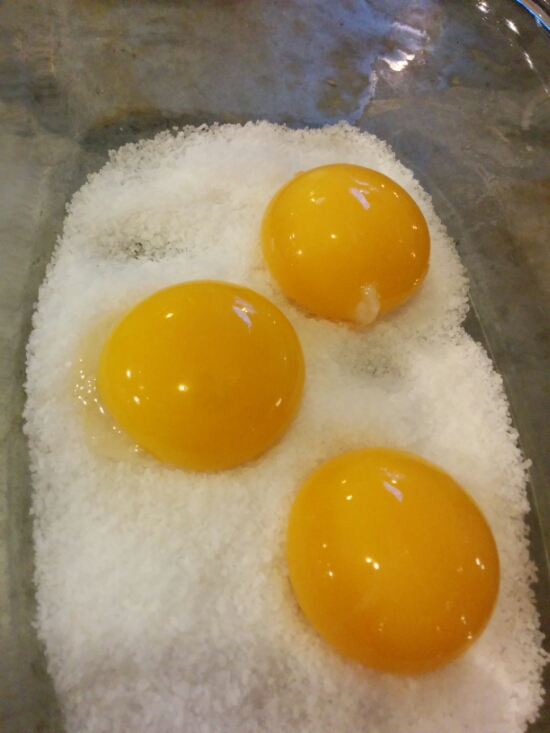
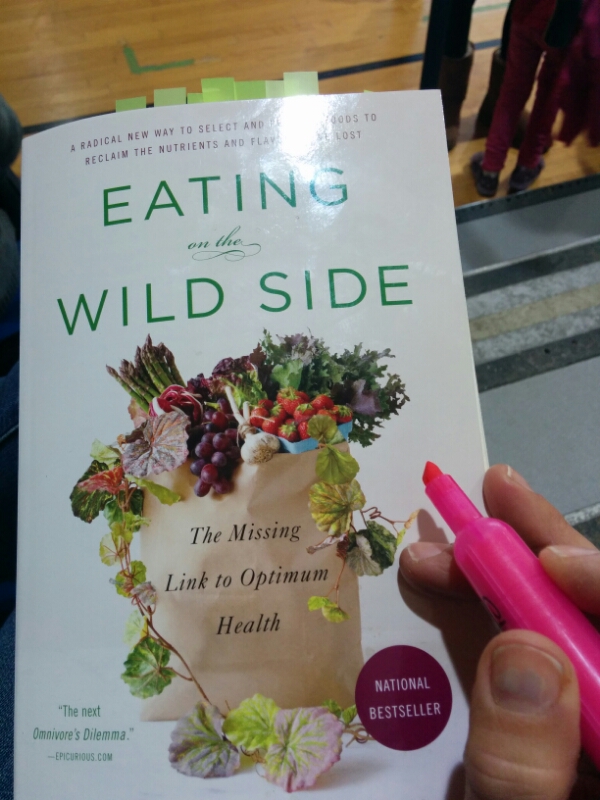
 . This book, a science-based review of how to select and prepare food for maximum nutritional benefit, has transformed my cooking more than any other writing ever. I even taught a class based upon it for The Seasoned Farmhouse.
. This book, a science-based review of how to select and prepare food for maximum nutritional benefit, has transformed my cooking more than any other writing ever. I even taught a class based upon it for The Seasoned Farmhouse.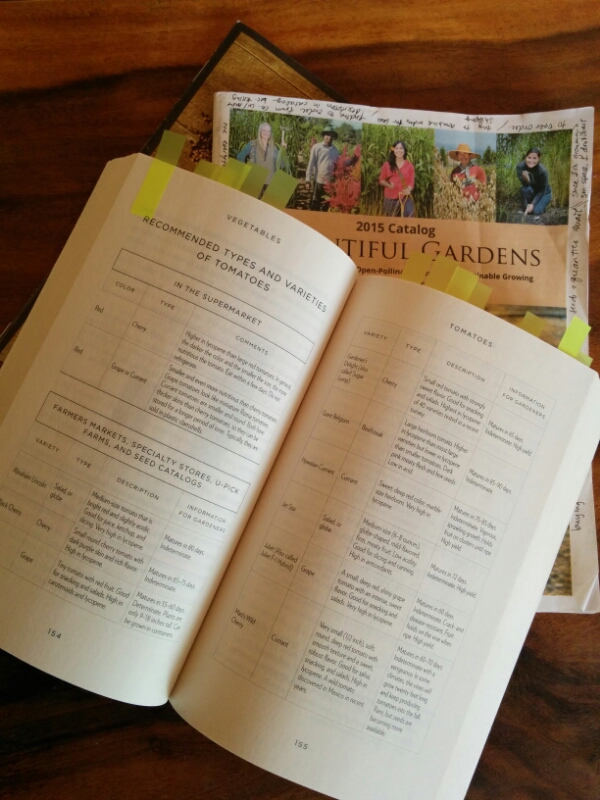
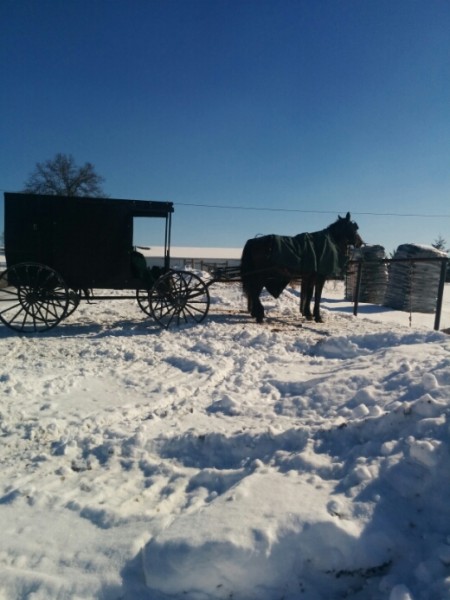
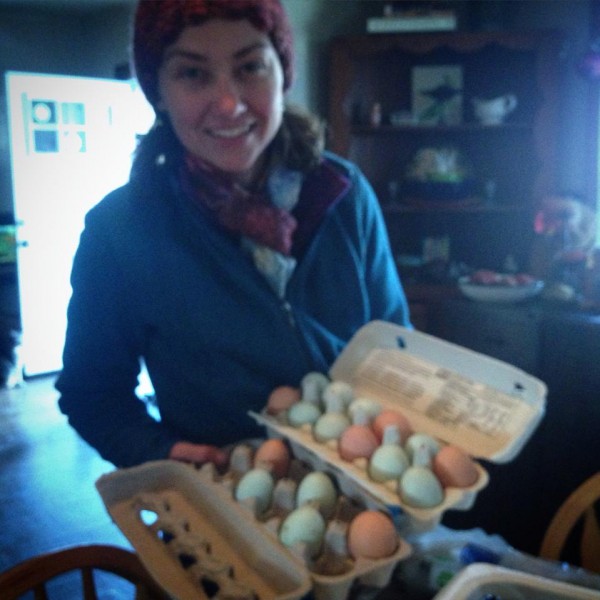

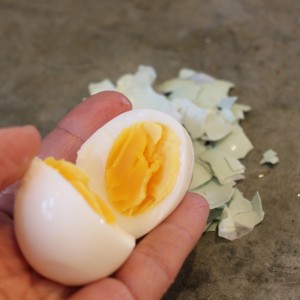
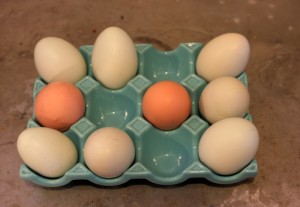


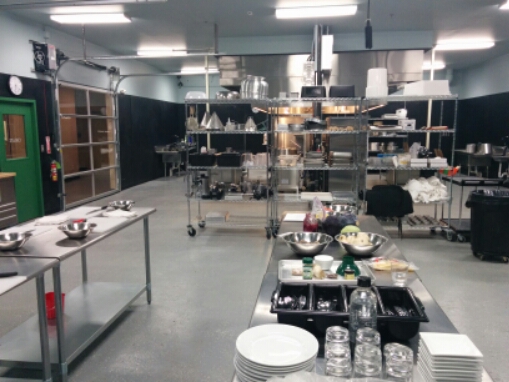
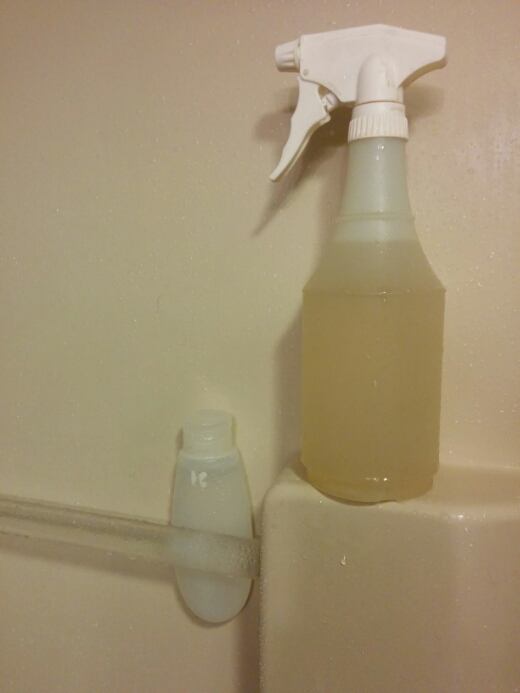 Over the last couple years, we've slowly
Over the last couple years, we've slowly  when my hair is oily. It brushes through cleanly and corrects oily scalp. You could make something similiar at home, but I haven't tried because I've barely made a dent in the bottle I bought two years ago.
when my hair is oily. It brushes through cleanly and corrects oily scalp. You could make something similiar at home, but I haven't tried because I've barely made a dent in the bottle I bought two years ago.